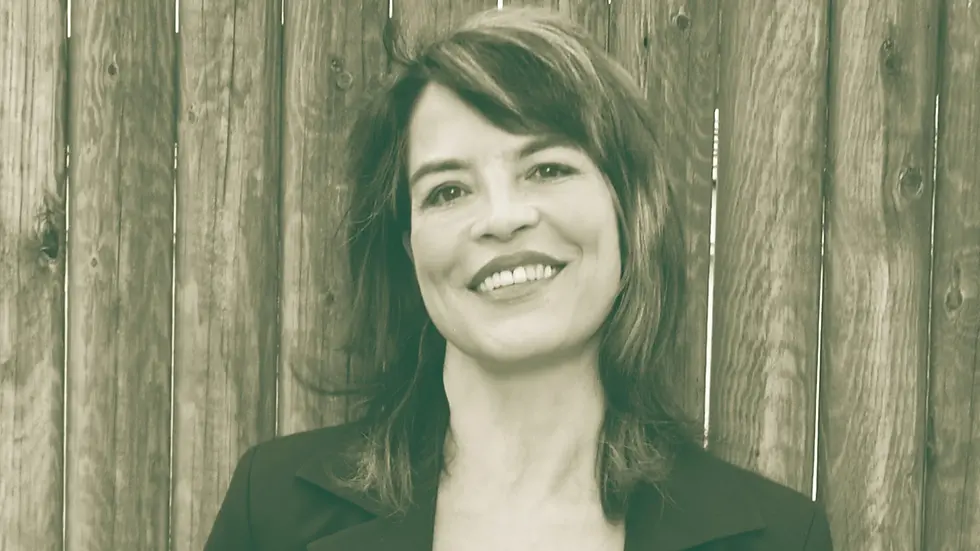Desert Flowers
- Sarah Sá Couto

- Aug 26
- 2 min read
Updated: Sep 1

When I was building this website, I fell in love with the image of desert flowers. I was struck by their beauty, and by the fact that they grow in seemingly barren environments. Their seeds can lie dormant for years, waiting for a short burst of rain to bloom. After heavy rains, the desert can even erupt in a superbloom. That’s what I want The Self-Connection Project to be: a superbloom.
Many of us codependents, and people who are stuck in patterns of self-abandonment, grew up in emotional deserts. Our parents, themselves desert flowers, did the best they could, but feelings were not part of the language. For many of our families, negative emotions were overwhelming and best avoided. But when we begin avoiding certain feelings, we distance ourselves from our truth: our ability to experience both the “negative” and the “positive” becomes impaired. Without the guidance of pain, we stay in relationships and roles misaligned with our needs. Over time, we develop a false self that feels like emptiness.
This was certainly my story. My family of origin was shaped by immigration, economic oppression, and tragic losses. The only way forward, it seemed, was to insist that everything was okay. Everything was okay while I was being bullied at school. Everything was okay when I was disengaged from life, when I was isolated, when I comforted myself with the idea that suicide was always an option. I didn’t share my despair with anyone, least of all myself. Admitting these truths to myself was the beginning. I realized I was unhappy and unfulfilled, and needed to change.
That’s when I moved to New York, a city where I knew exactly zero people. I had no idea what I was going to do for work, I only knew I wanted to stop living in fear. Courage became my mantra. Courage, from the Latin cor (heart), is about following your heart. When I started listening to my feelings and articulating my needs, I became a mother and joined a Marriage and Family Therapy master’s program. Listening further, I knew I wanted to work with others who were also on a codependency recovery journey.
While I’m not particularly attached to the term codependency, the term self-abandonment also captures the essence of this way of being, the label has opened a world of clinical literature and community that has helped me change. That change is ongoing. I believe there will always be a part of me that is codependent, a part that is very loving, and that recognizes we are made for connection. With greater awareness, though, I am better able to make courage-based choices and, over time, build a universe that feels vibrant, playful, and full of curiosity.
Image: Blooming Cactus

Beautiful metaphor.